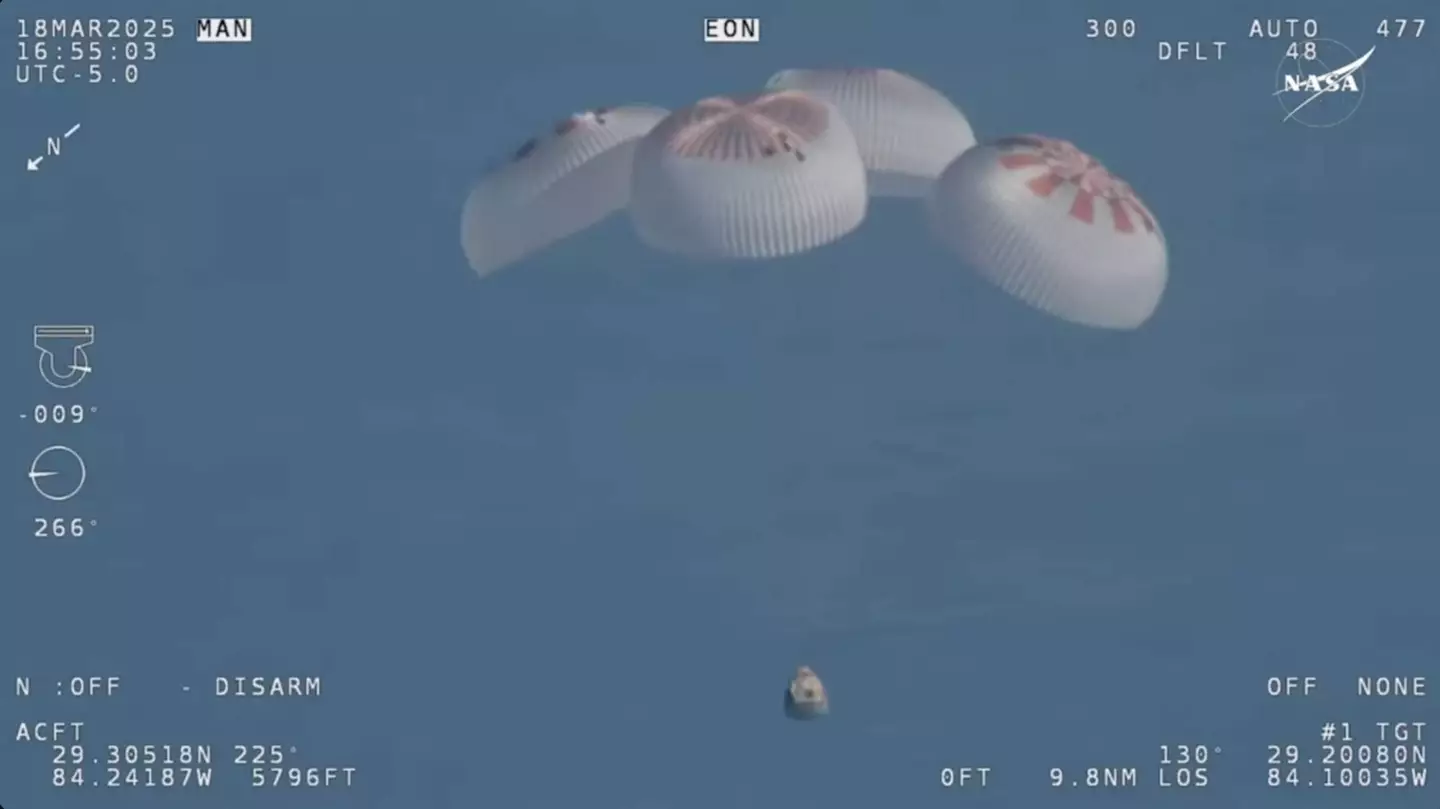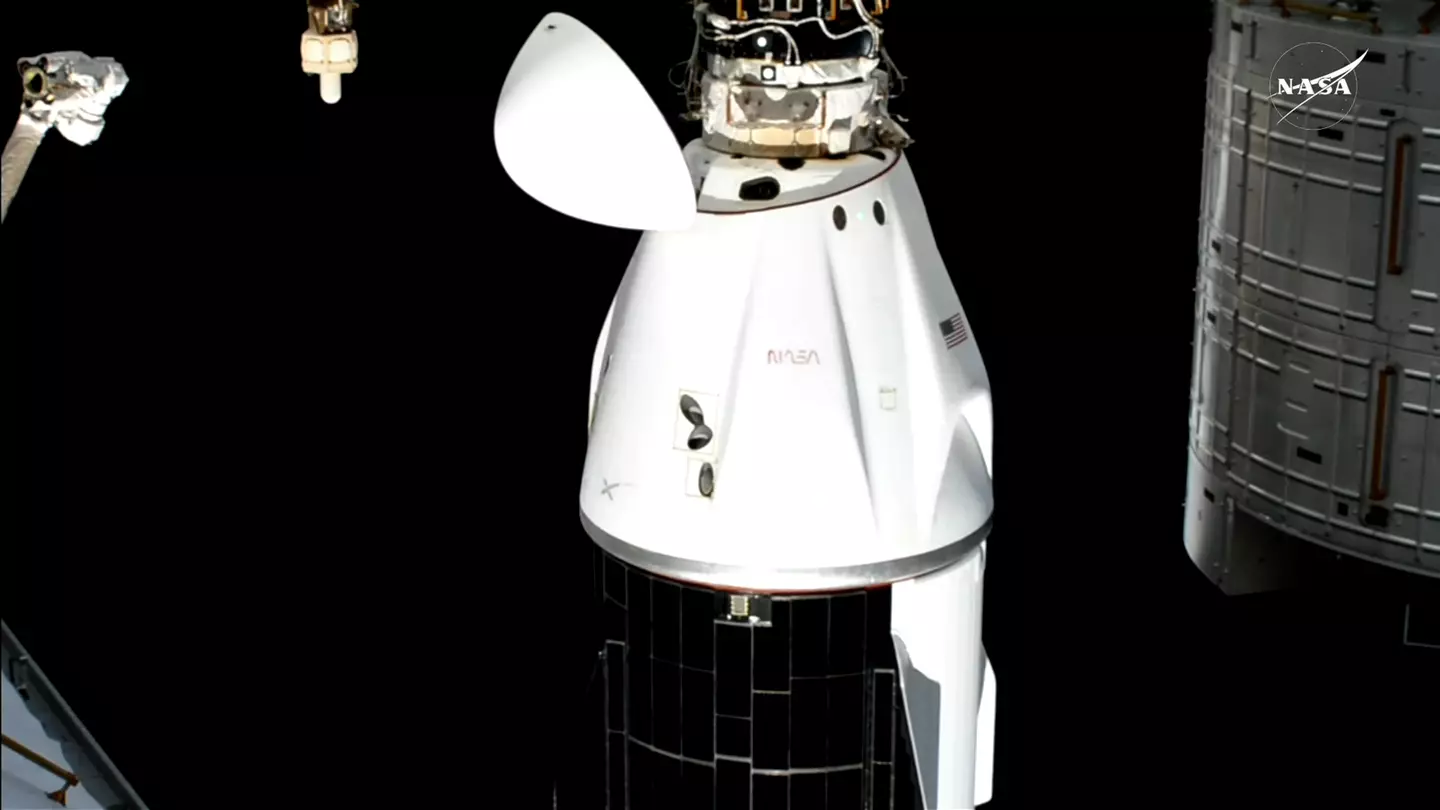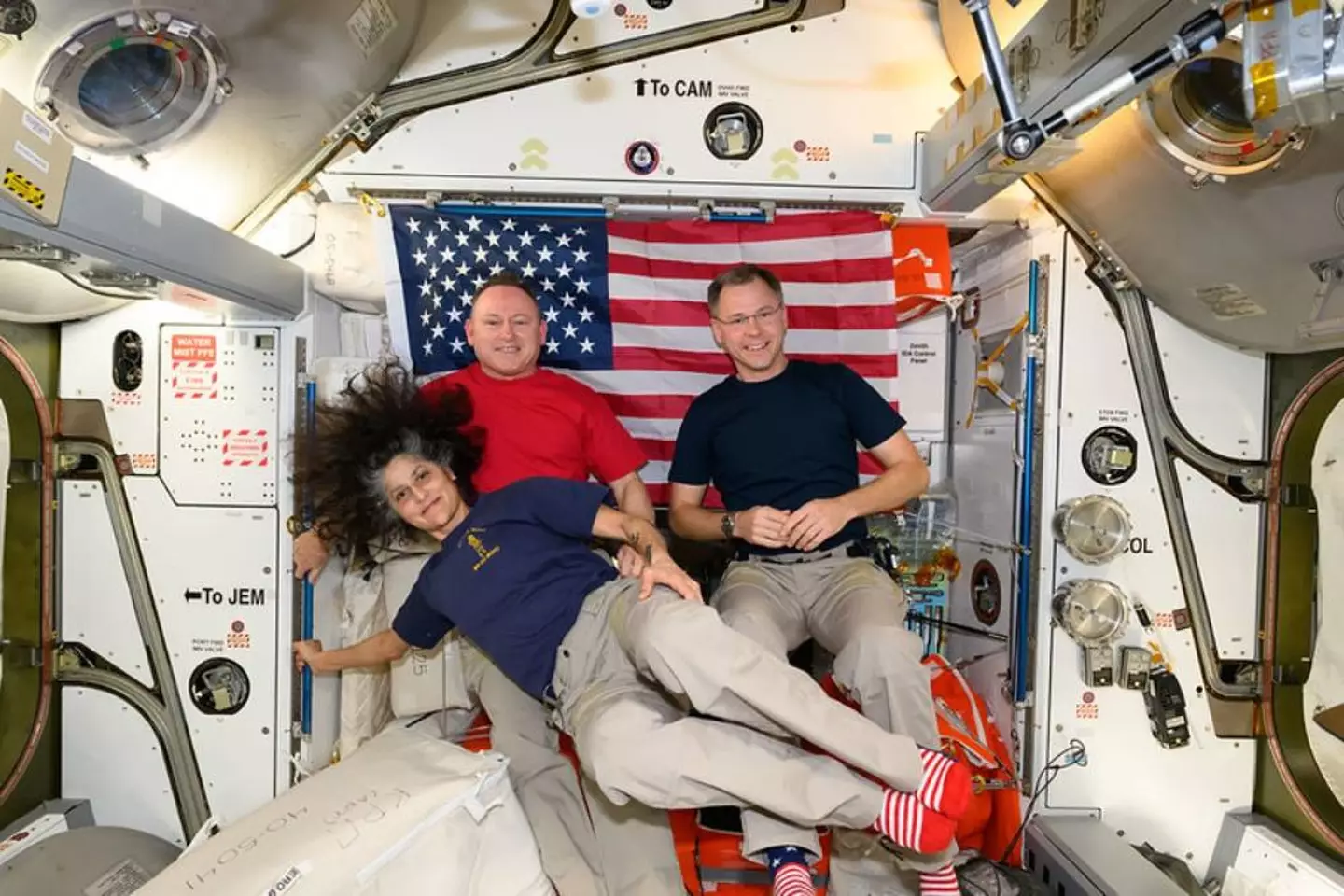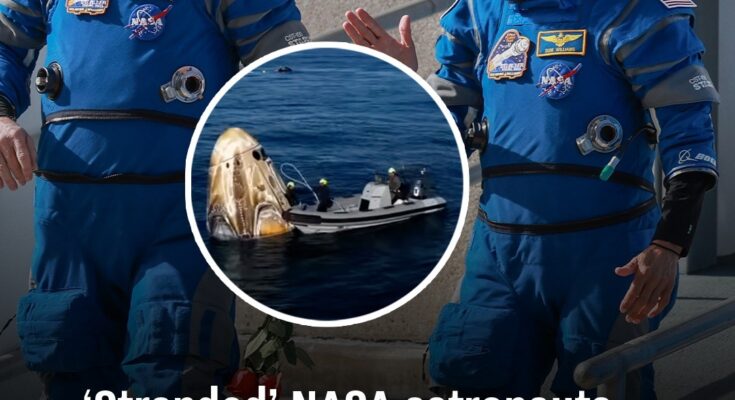After nine months being ‘stuck’ on the International Space Station, Sunita Williams and Butch Wilmore are finally back on Earth. Following a 17-hour journey back from space, the pair of astronauts made a splashdown near Tallahassee, Florida.
Although March 12 rescue mission was called off at the last minute, Williams and Wilmore were finally boarded onto their Dragon spacecraft and disembarked with Nick Hague and Aleksandr Gorbunov.
NASA gave people around the globe a chance to watch this historic moment live, with thousands tuning in to watch the craft make it out of orbit.

All four safely returned to Earth on March 18, with the long-awaited return of Williams and Wilmore being all anyone could talk about.
Landing right on time at 5:57 pm Eastern Time, Dragon successfully reentered the atmosphere and deployed its parachutes.
It was then over to the recovery vessels to climb aboard the capsule and check that everything is okay with everyone inside.
The main vessel (Megan) is on the way to Dragon, although it takes around 25 minutes to get there.
In the meantime, Williams and Wilmore are left bobbing in the ocean, although we’re told there’s air conditioning to keep things cool inside. We imagine it can get a little stuffy while inside their suits.
At least they’ve back on Earth, and while it’s not quite dry land just yet, we’re sure they’ve glad to be back from their extended stay in the cosmos.
After successfully undocking from the International Space Station this morning, we finally have an exact time that ‘stranded’ NASA astronauts Suni Williams and Butch Wilmore will land back on Earth after their nine month mission.
Technical delays left Williams and Wilmore ‘stuck’ on board the International Space Station (ISS) for 285 days in what was only supposed to be an 8 day venture.
Not only did the Boeing Starliner ship that they flew to the ISS in suffer issues, meaning that it had to return to Earth unmanned, but the SpaceX rocket that would then allow them to fly back home also fell victim to issues that seemed to persist until moments before takeoff.

Williams and Wilmore departed from the ISS on a SpaceX Crew Dragon spacecraft this morning (YouTube/NASA)
US President Donald Trump has made it a priority to bring the pair back home since returning to office in January, ordering SpaceX CEO and founder Elon Musk to ‘go get’ them both, and both have also insisted that the blame lies with the former Biden administration.
Regardless of these claims though the SpaceX Falcon 9 rocket finally made it to the ISS on March 16, allowing the Crew-10 astronauts to undergo the necessary handover process with Williams and Wilmore, allowing them to begin their journey back home.
As reported by Al Jazeera, the Crew-10 Dragon ship finally departed from the International Space Station at 1:05 a.m. EST this morning, as shown in a livestream from NASA on YouTube.
Current estimates indicate that the ship will begin its deorbit burn at around 5:11 p.m. EST, and shortly after it will splash into the ocean off the coast of Florida at roughly 5:57 p.m. EST. (21:57 GMT)
It will then take about an hour for the crew – including both Williams and Wilmore alongside Nick Hague and cosmonaut Aleksandr Gorbunov – to be retrieved from the ocean, and the entire process will once again be livestreamed on YouTube, starting at 4:45 p.m. EST.
While the astronauts will understandably be desperate to return to their families, which is something they’ve made clear to be a priority for them, it’s unfortunately going to be a challenging return to normal life after spending so much time in space.
They will be immediately stretchered off to a medical facility where they will spend six weeks in physical rehabilitation. This is due to the dangerous reduction in muscle mass and bone density that living for a lengthy period of time in low gravity causes, as your body – including your heart – has to work far less as it’s not being constantly dragged down.
They will undergo a number of cancer related screenings as a precaution due to the work that Williams and Wilmore conducted surrounding ultrasounds and radiation, as they could be under significant risk.
The elongated saga of Suni Williams and Butch Wilmore could soon be coming to an end, as NASA is finally due to rescue the pair of astronauts. Williams and Wilmore have become the face of space after they were marooned on the International Space Station last year. Although Williams has reiterated they aren’t stranded, their eight-day mission aboard the ISS was massively extended due to a fault with their Boeing Starliner capsule, which forced it to fly back without them.
As the days tick by, Williams and Wilmore have currently been aboard the ISS for 272 days…and counting.

Williams and Wilmore are finally set to be rescued in March 2025 (NASA)
Things are finally wrapping up following calls from President Donald Trump for Elon Musk to go and get them, Musk claiming they were abandoned by the Biden administration, and the world’s richest man calling one famed astronaut an ‘idiot’.
SpaceX’s long-awaited Crew-10 launch is scheduled for March 12, with the dynamic duo finally set to get their feet back on terra firma. After this, there are expected to be some major adjustments to life back on Earth.
Williams has explained the brutal daily regime they’re undertaking in space, involving two hours of exercise to stop help try and combat damage to their bones and muscle.
We already knew there would be a physical toll trying to return to ‘normal’ life, but speaking to DailyMail.com, doctors have explained a little more about what Williams and Wilmore might have to deal with.
As soon as Williams and Wilmore emerge from their capsule, they’re expected to be put on stretchers and rushed away for medical examination.
Dr Vinay Gupta is a pulmonologist and Air Force veteran who claims it could take up to six weeks of brutal regimens to regain their strength.
This will start as soon as they’re back on Earth and initially focus on walking, as well as flexibility and muscle strengthening. The second phase of the 45-day regime involves proprioceptive exercises and cardio reconditioning. The third and final phase is the longest, focusing on returning them to peak physical performance via ‘functional development training’.



